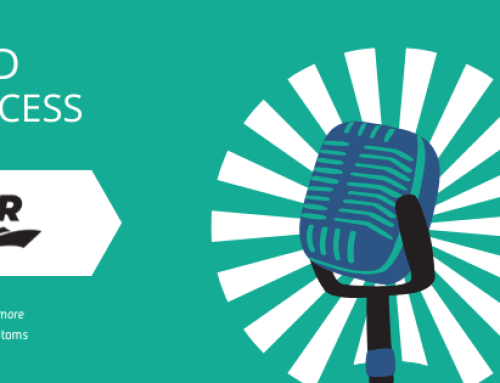Amazon is the biggest e-commerce marketplace right now. Chances are even you have purchased an item from the website at least once. The best part about Amazon isn’t necessarily the ease at which we can make purchases from the comfort of anywhere, though. The best part is that it is not a closed online marketplace. Any business owner — small or big– or entrepreneur, can register as an Amazon seller and gain access to the vast sea of consumers.
Upon registering as an Amazon seller, businesses have two options: the Professional seller or Individual seller programs. Your choice will depend on the level of maturity that your business has reached at the time of becoming a part of the marketplace, but what is important to note is that in either case, a percentage of your total revenue will be deducted by Amazon: this is called the Referral fee.
Referral fees are one component comprising Amazon’s relatively short list of selling fees. The Referral fee varies in percentage deductible according to product category. For example, books have a 15% referral fee — in some cases, the percentage can go as low as 6%!
The deductions that Amazon collects from your total revenue are no arbitrary calculation. For all products, Amazon calculates a percentage from the total amount paid by the customer, including delivery charges and add-ons, such as gift wrapping. It is from this sum that the Referral fee emerges and is collected.
Amazon’s Selling fees, including the Referral fee, could be seen as the equivalent to a business paying rent for a shop in the physical world. As we know, nothing in life comes for free, but these deductions are a truly small price to pay for the exposure your business will receive in the Amazon marketplace.





